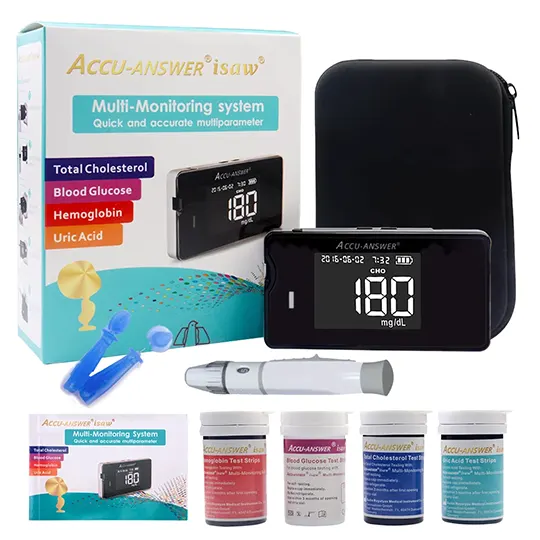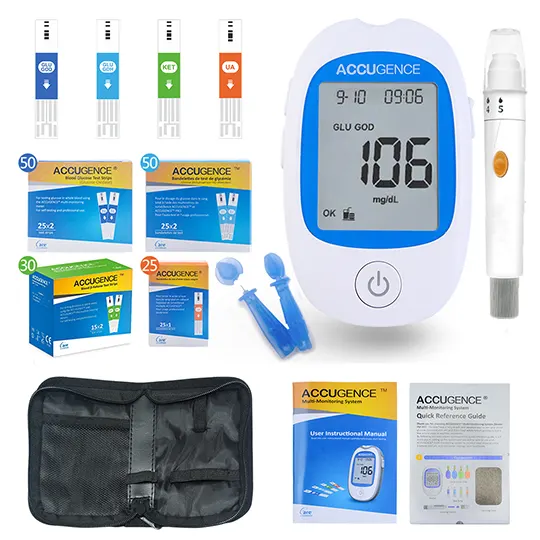Dosing and uses of Robaxin (methocarbamol)
Adult dosage forms and strengths
tablet
- 500mg
- 750mg
injectable solution
- 100mg/mL
Muscle Spasm
1 g IV/IM; additional doses at q8hr until PO; not to exceed 3 g/day
Total parenteral dose SHOULD NOT EXCEED 3 g/day for >3 days, unless treating tetanus; if condition persists, may repeat therapy after drug-free interval of 48 hr
1500 mg PO q6hr for 48-72 hours; not to exceed 8 g/day THEN decrease to 4-4.5 g/day divided q4-8hr
Tetanus
Adjunct therapy: Initial 1-2 g IV injection (at 300 mg/min), THEn
Additional 1-2 g IV infusion for total dose of 3 g initially
May repeat 1-2 g IV q6hr until can give NG or PO
Total of 24 g PO may be needed
Dosing Modifications
Renal failure: Not studied; parenteral dosage form contraindicated due to presence of polyethylene glycoL
Hepatic failure: Not studied
Pediatric dosage forms and strengths
tablet
- 500mg
- 750mg
injectable solution
- 100mg/mL
Tetanus
15 mg/kg/dose IV q6hr PRN or 500 mg/m²/dose; not to exceed 1.8 g/m²/day for 3 days only
Muscle Spasm
<16 years: Safety and efficacy not established
>16 years: 1500 mg PO q6hr for 48-72 hours; not to exceed 8 g/day THEN decrease to 4-4.5 g/day divided q4-8hr
Geriatric dosage forms and strengths
Considered safe in elderly because of short half-life
Muscle Spasm
500 mg PO q6hr; may gradually titrate dose to response
Robaxin (methocarbamol) adverse (side) effects
Frequency not defined
Drowsiness
Dizziness
Leukopenia (IV)
Lightheadedness
Blurred vision
Headache
Fever
Nausea
Anorexia
Adynamic ileus
Dysgeusia
GI upset
Nystagmus
Diplopia
Flushing
Vertigo
Mild muscular incoordination
Syncope
Hypotension
Bradycardia
Urticaria
Pruritus
Rash
Skin eruptions
Conjunctivitis with nasal congestion
Anaphylactic reactions
Thrombophlebitis (IV)
Sloughing (IV)
Injection site pain (IV)
Hemolysis (IV)
Increased Hgb and RBCs in urine (IV)
Seizures (IV)
Warnings
Contraindications
Hypersensitivity
Renal impairment (parenteral)
Cautions
May cause drowsiness/dizziness; patients should not ingest alcohol or other CNS depressants
May take with food to avoid stomach upset
Half-life increases with hepatic impairment
IV formulation not for use in renal impairment (contains polyethylene glycol; injection rate should not exceed 3 mL/min
May interfere with screening tests for 5-HIAA and vanillylmandelic acid (VMA)
Use injection with caution in patients with a history of seizures
Sedative effects potentiated when used with other sedatives
Medication is poorly tolerated in the elderly
Pediatric IV dosing approved only for tetanus
Pregnancy and lactation
Pregnancy category: C
Lactation: Not known if excreted in breast milk; use caution
Pregnancy categories
A: Generally acceptable. Controlled studies in pregnant women show no evidence of fetal risk.
B: May be acceptable. Either animal studies show no risk but human studies not available or animal studies showed minor risks and human studies done and showed no risk.
C: Use with caution if benefits outweigh risks. Animal studies show risk and human studies not available or neither animal nor human studies done.
D: Use in LIFE-THREATENING emergencies when no safer drug available. Positive evidence of human fetal risk.
X: Do not use in pregnancy. Risks involved outweigh potential benefits. Safer alternatives exist.
NA: Information not available.
Pharmacology of Robaxin (methocarbamol)
Mechanism of action
Unknown; possibly general CNS depression induces skeletal muscle relaxation
Absorption
Onset: 30 min
Peak serum time: 1-2 hr
Peak plasma concentration: 16.5-29.8 mcg/mL
Protein binding: 46-50%
Metabolism
Liver (dealkylation and hydroxylation)
Metabolites: Glucuronide and sulfate conjugates of 3-(2-hydroxyphenoxy)-1,2-propanediol-1-carbamate and 3-(4-hydroxy-2-methoxyphenoxy)-1,2-propanediol-1-carbamate; unidentified metabolites
Elimination
Half-life: 0.9-1.8 hr
Excretion: Urine
Administration
IV Administration
Direct IV: Administer undiluted at not to exceed 3 mL (=300 mg undiluted)/min
Infusion: Dilute 1 g with up to 250 mL D5W or NS; avoid extravasation, since injection is hypertonic
Monitor closely for extravasation
Administer IV while in recumbent position
Maintain position 15-30 min following infusion
IM Administration
Not to exceed 500 mg (5 mL undiluted) should be given into each gluteal region
Storage
Injection when diluted to 4 mg/mL in SWI, D5W, or NS is stable for 6 days at room temperature
Do not refrigerate after dilution



